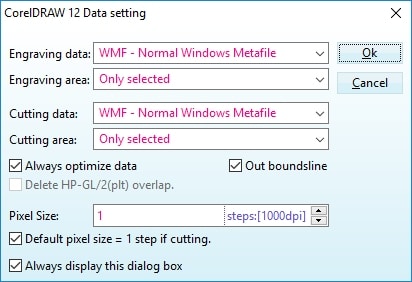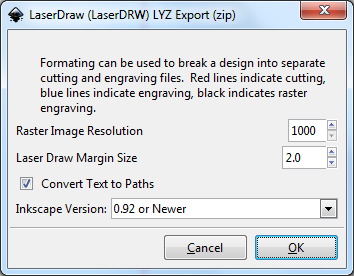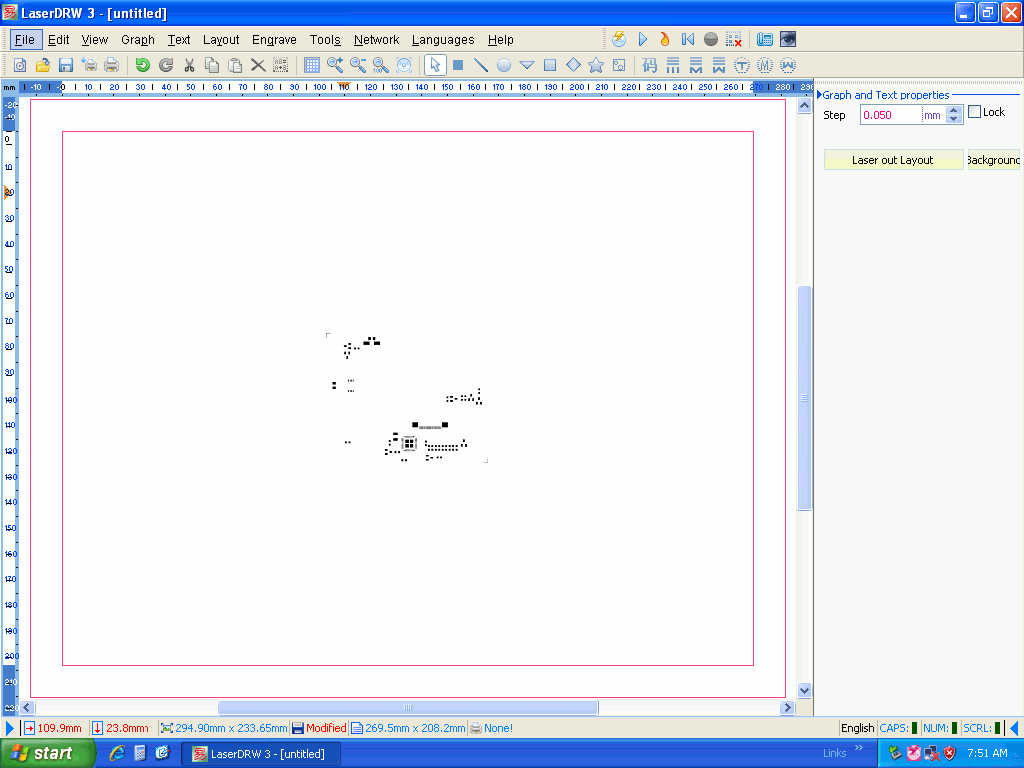
Starting your students with Preparing Children for Handwriting – Step 1 provides children with the essential preparation that is needed for letter formation. The book contains clear information on developmental expectations for 4.5 and 5.5 year olds and the foundation skills necessary for handwriting development, with a guide to handwriting readiness in addition to a wide range of activity suggestions.ĭeveloped by an Occupational Therapist, this resource provides early childhood workers and parents with easy-to-understand information and activities focused upon fine and gross motor skill development for Early Years students.Ĭontains cutting, colouring, drawing, playdough, pre-writing, along with ball, balance, eye tracking, and body control activities.Įxpectations, support, and guidance on pencil grip and posture, among other skills. Įarly childhood education is a critical time for consolidating the fine motor skills necessary for efficient pencil grasp, developing good strong habits for directionality and pre-writing skills, making sense of increasing complex visual information and storing and retaining information for future use (memory).įor this reason, we have created a 232-page Movement and Motor teaching guide to complement any early years program. It may also be helpful to refer the child to an Occupational Therapist for an assessment, prior to commencing year one.

Don’t try to choose the dominant hand but observe which hand is used the most often or is more skillful.
Laserdrw 3 cut outline download#
You can download PLD’s checklist for hand preference HERE.

Child requires frequent practise to consolidate their cutting skills.The child is also able to manoeuvre their non-cutting hand to support the cutting.Child is able to cut along curves while staying within a line that is 0.6cm wide.Child is able to cut around corners (with wide angles) while staying within a line that is 0.6cm wide.


Their cut line should not be wider than 1.7cm.


 0 kommentar(er)
0 kommentar(er)
